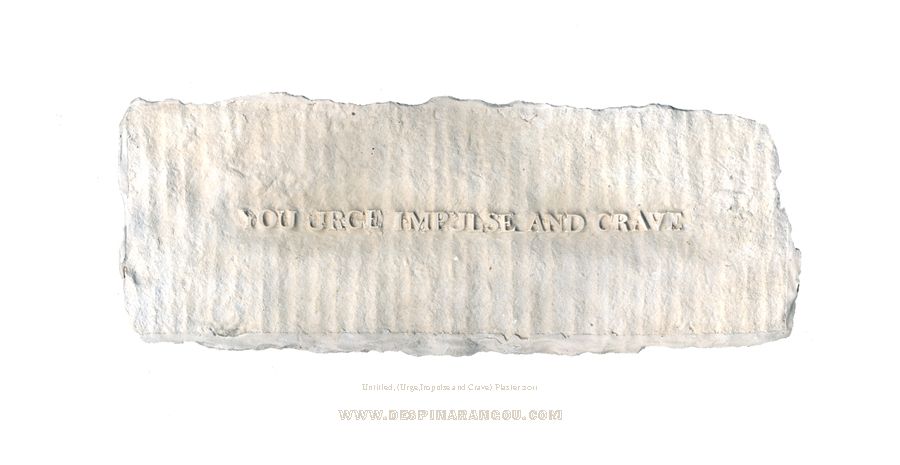Wolfgang Tillmans
 |
| Wolfgang Tillmans, Truth Study Centre |
 | |
'Wolfgang Tillmans constantly challenges photographic conventions. His immense abstract Freischwimmer 155 is one of a series of "free swimmer" photographs made without a camera, by subjecting photographic paper to various forms of light and exposure. Truth Study Centre (BAS7) created for this exhibition, is a tabletop installation featuring selections of newspaper and magazine cuttings, pamphlets and advertisements. Tillmans, who has kept scrapbooks of printed ephemera since childhood, collects material on all the subjects of current concern to him, and uses the tables of the "truth study centre" as a way of thinking about perception and truth.' Text from the British Art Show 7 catalogue Images sourced from Centre for the aesthetic revolution [dot] blogspot I was especially drawn on the Truth Study Centre ephemera collection as I can relate it to my article hoarding books which I started collecting since 2009. The fact that these printed or cut-out material was featured in a renowned exhibition has surprised me, in a good way. ------------------------------------------------------------------------------------------------------------ Matthew Darbyshire Matthew Darbyshire, An Exhibition for Modern Living 'Matthew Darbyshire's installations address the design and look of today's "experience economy", in which shopping is no longer just about buying things but a whole retail experience. The upbeat, attention grabbing signs and symbols of consumer culture promise to transform our lives. The artist borrows this language to investigate the conventions of display in commerce, property development and the leisure sphere. In BAS7, Darbyshire creates a display of contemporary pick'n'mix kitch, entitled An Exhibition for Modern Living, after a 1949 exhibition at the Detroit Institute of Arts that set out to showcase "modern taste." The work explores the mass availability of design classics and the pervasive idea that "tasteful" living can be achieved through their acquisition.' Text from the British Art Show 7 catalogue Image sourced from The Independent I'm featuring this work in my blog not really for aesthetic reasons but because of its content. I really like the idea behind Darbyshire's work of using already made 'hip' furniture and items from our time to create a sense and experience of a stereotyped place. More information about the British Art Show 7 click here |







































